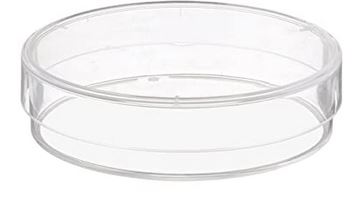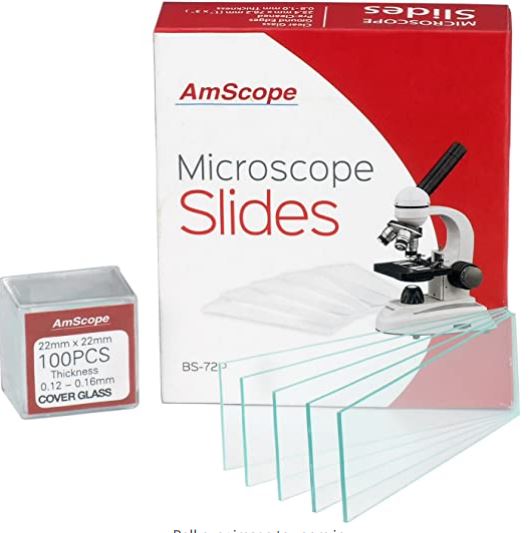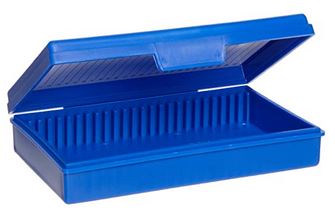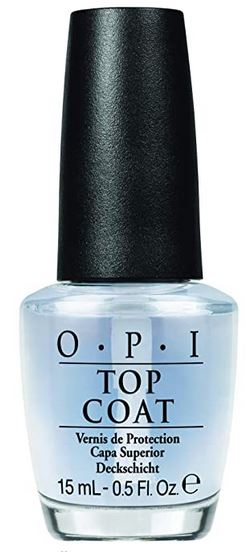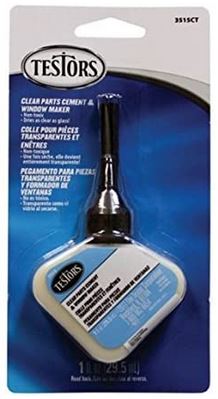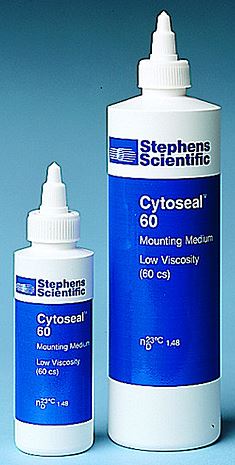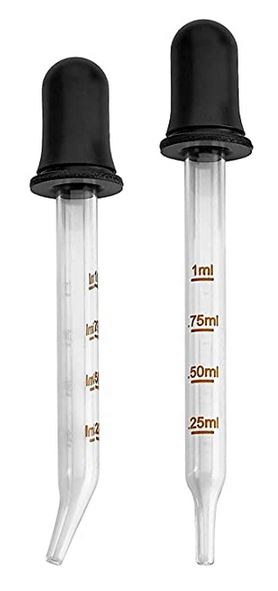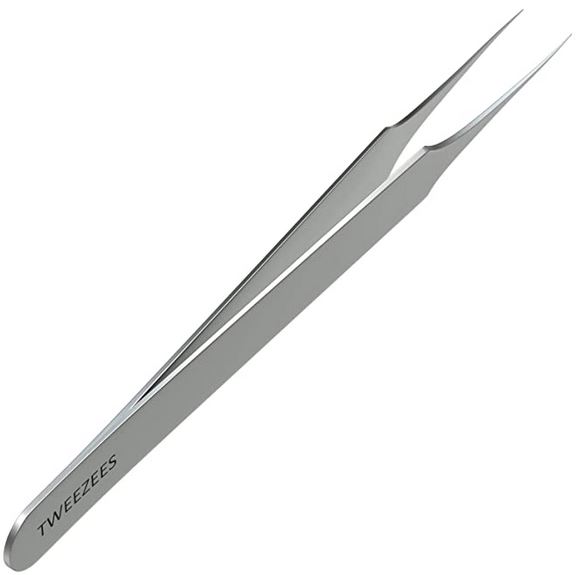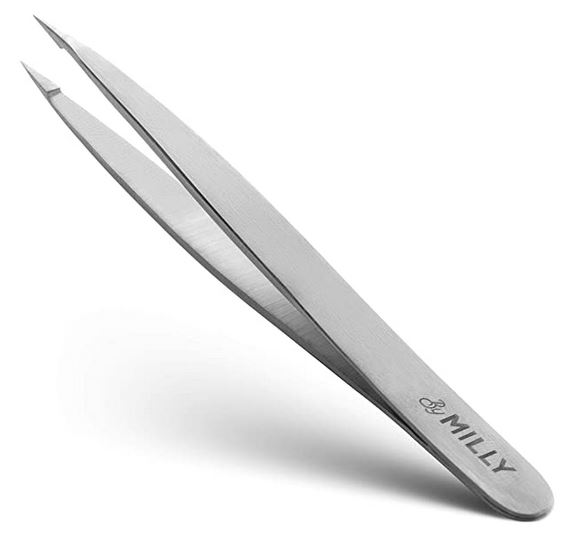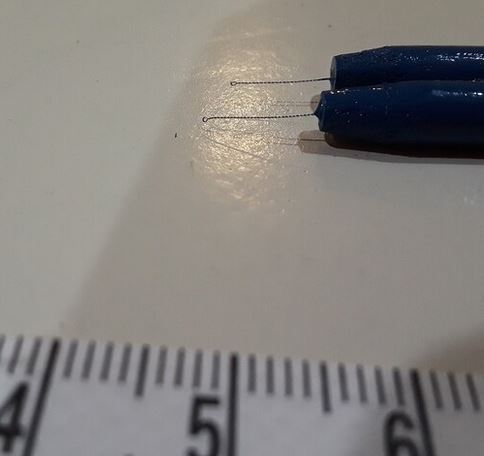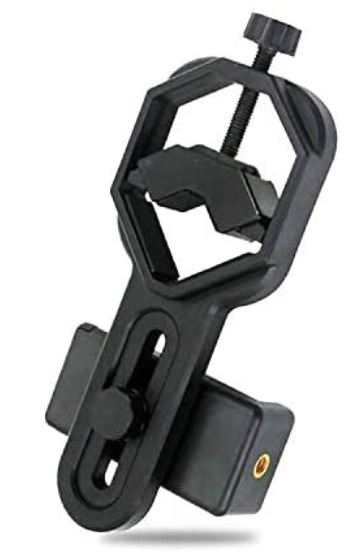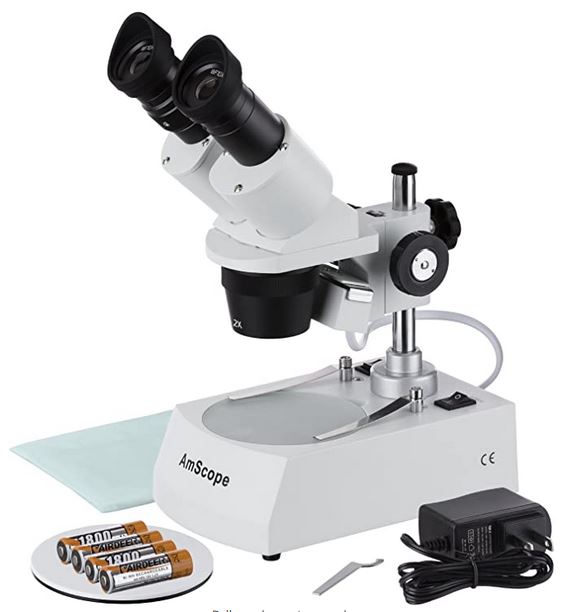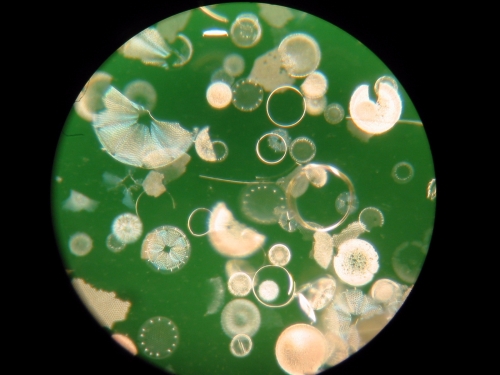
This website depends upon affiliate programs such as Amazon, Adorama, Blick Art Materials, and others. I appreciate your using these links to support this website. More information is in our Privacy Policy.
You really do not need a lot of equipment to get started exploring with a microscope. This page has descriptions of all of the essentials. I’m not showing prices which can fluctuate.
Click on the product pictures below to get full descriptions and the latest pricing on the items shown.
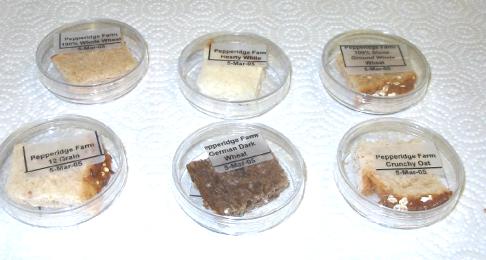
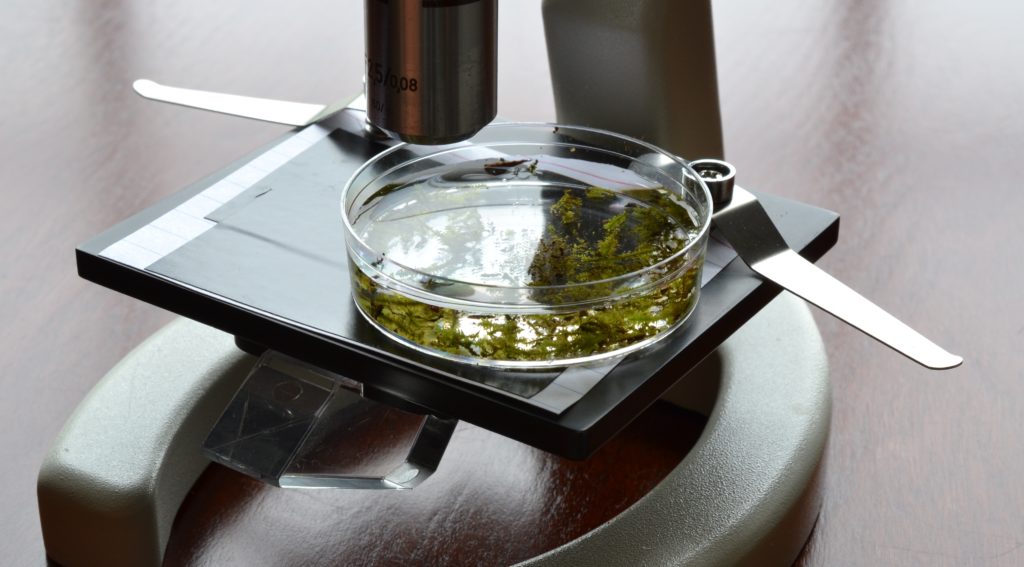
Making your own collection of permanent slides is a lot of fun. It can be a little tricky, depending upon the specimen, but things like butterfly wings, pollen grains, mold, hair and fibers, all mount very easily.
Here is why I like these slides. They come with cover glasses, so you don’t have to buy those separately. You’d be surprised to know that some inexpensive slides need to be cleaned before use. These Amscope slides are clean and ready to use.
You will probably want a slide box, once you get going and start creating you own permanent slides. This one is reasonable in price for the size. You can look at larger ones too, which are only slightly more expensive.
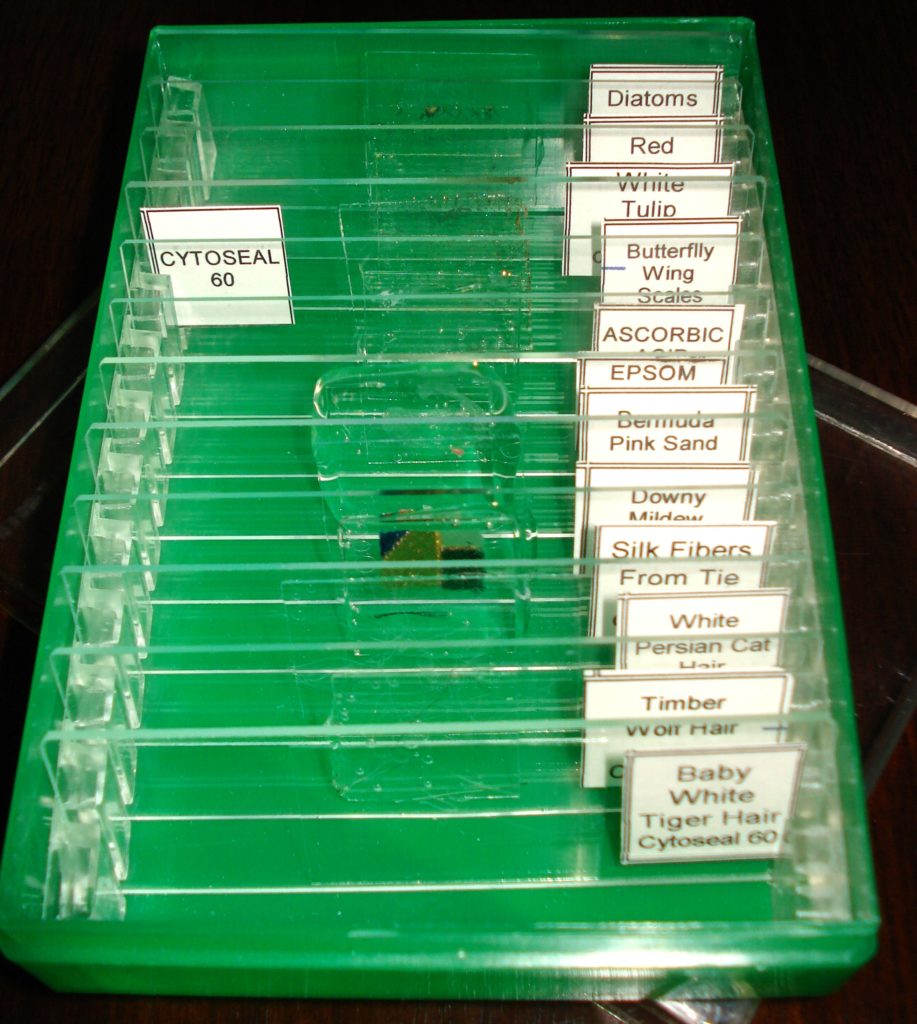
Here are three ways to make permanent slides. You can use clear nail polish, clear model cement, or the really expensive stuff Cytoseal 60 to make your permanent slides. Click on the below options for pricing.
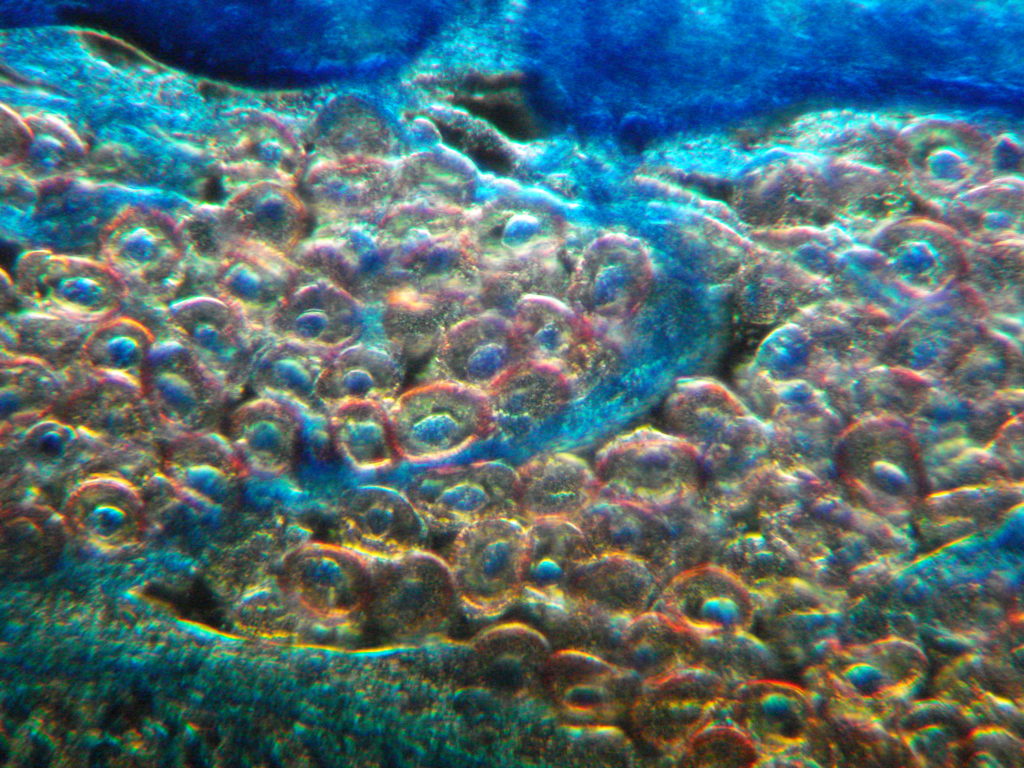
Staining specimens is done with chemical dyes. CAUTION: These dyes are toxic and hazardous. I do not recommend you buying them unless you are an adult and there are no children that can get anywhere near these chemicals. The bottles have no safety tops and should never be placed anywhere near where children or pets could have access. Unless you are experienced handling toxic chemicals, do not buy these stains. The ones shown below are the most reasonably priced and seem to be in small enough quantities to be manageable. Click on the below items for latest pricing.
The included slides and cover glasses make this a good value.
You will definitely need eyedroppers and a tweezers. Get both types of eyedroppers–the straight and the bent tip kind. You will determine your preference when you actually start using an eyedropper to transfer a tardigrade to a slide. Get a fine pointed tweezers, preferably without grooves in the tip. A flat point-to-point surface is needed.
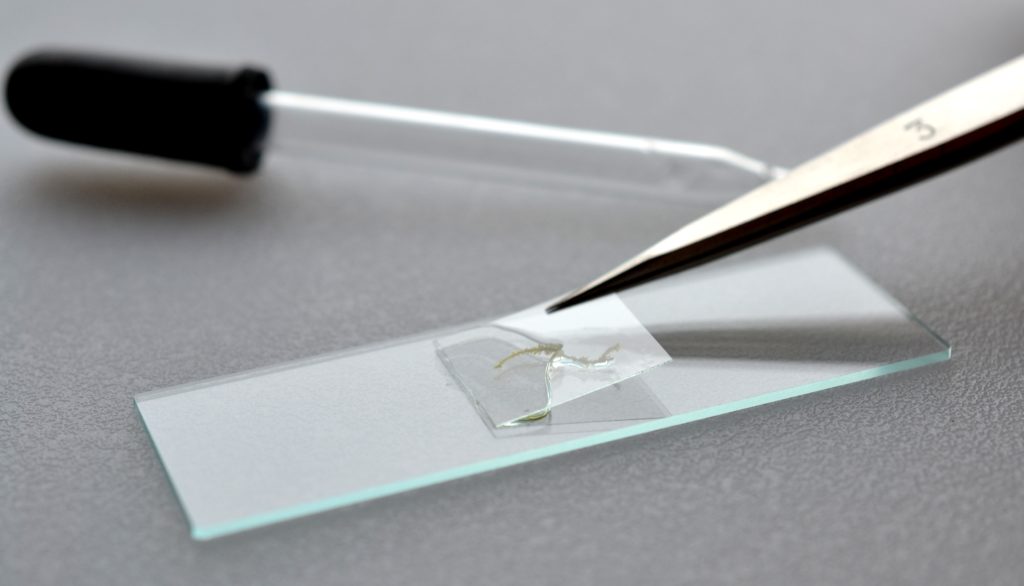
Transferrring a tardigrade from a petri dish to a slide is quite the challenge. Some like to use the hard to find “Irwin Loop,” which is available from this Etsy shop- these are hand made!
A compound microscope will give you excellent magnification of tardigrades, once you have them on a slide. The compound microscope allows you to see all sorts of micro-organisms, and a variety of inorganic specimens at high magnifications.
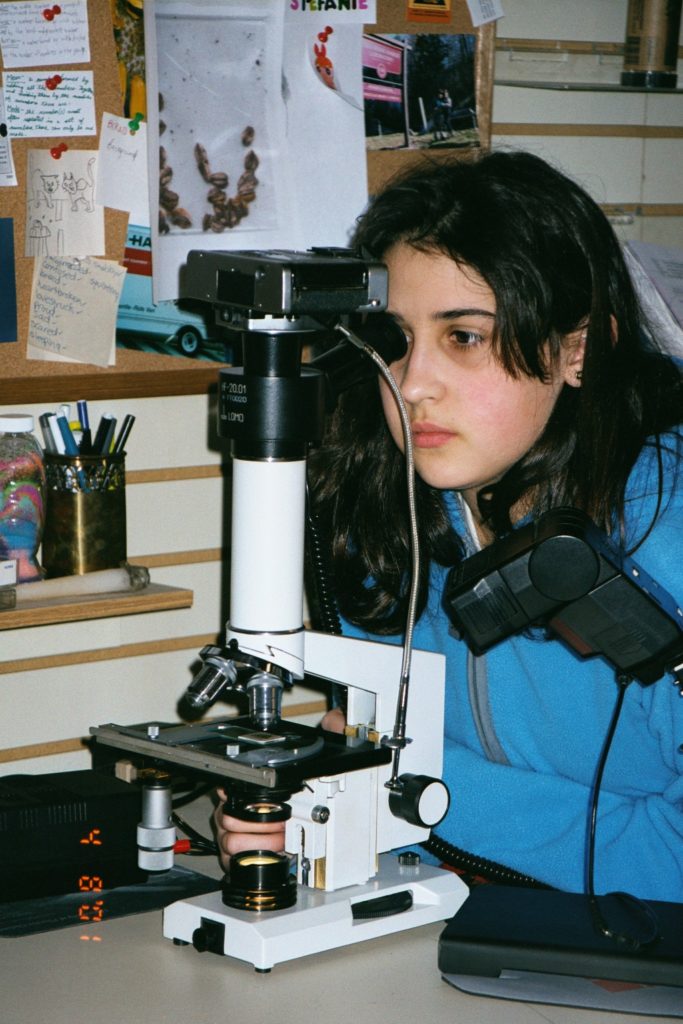
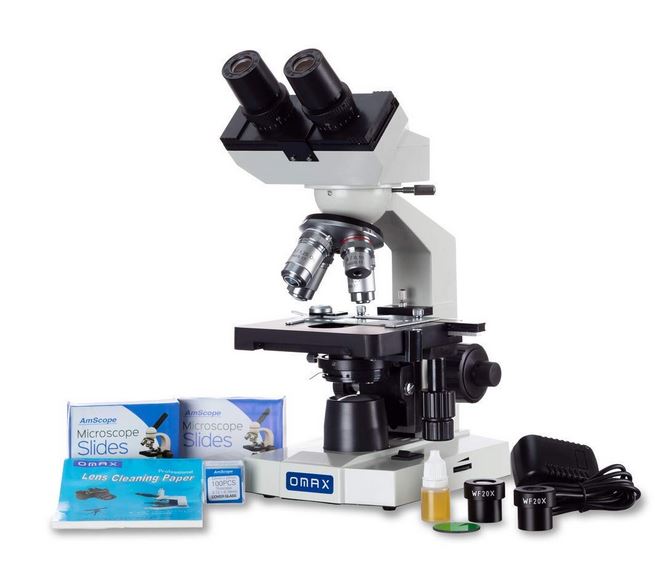
A compound microscope is the only way to see specimens at higher magnifications. The above kit is a good value because it comes with everything you need to get started. Four objective lenses give you every option you will need in terms of magnification. I recommend you do go with binocular viewing, It make a huge difference when it comes to comfort. Feel free to compare the above scope with others, and look closely at the features.
I also like the Amscope B120C because it has a filter holder under the condenser for more advanced work. Here is a link to the Amscope B120C
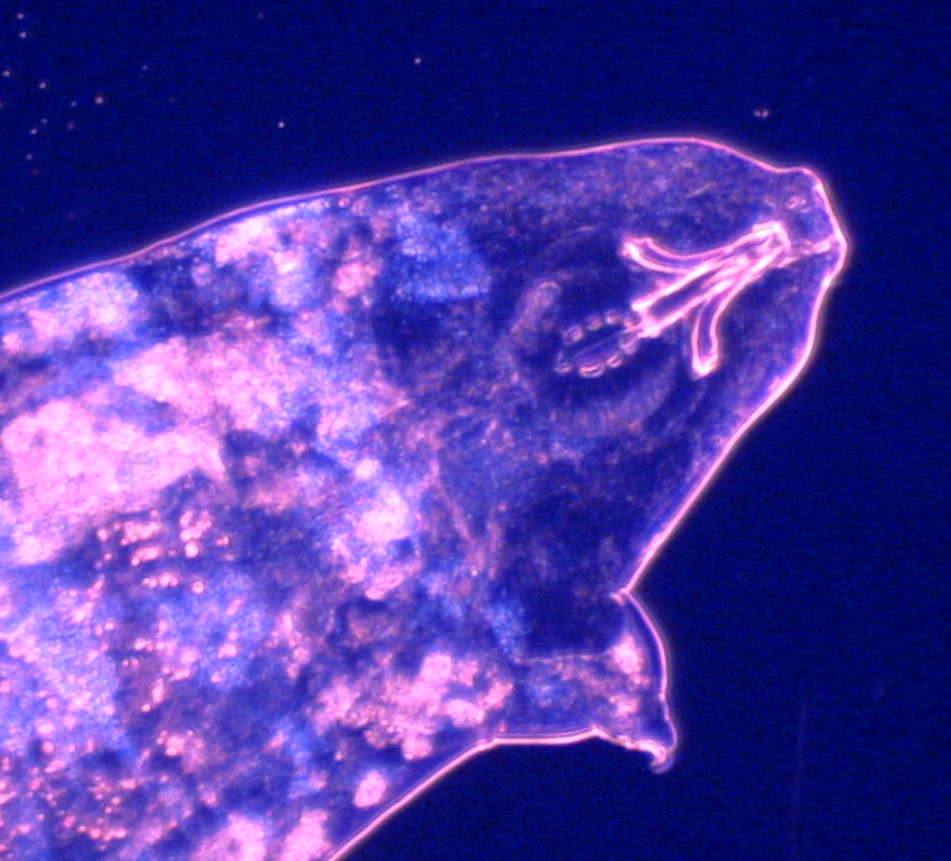
You will need an adapter to take pictures with your smartphone. I use this one below:
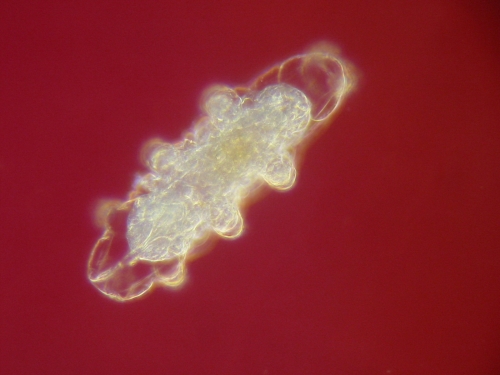
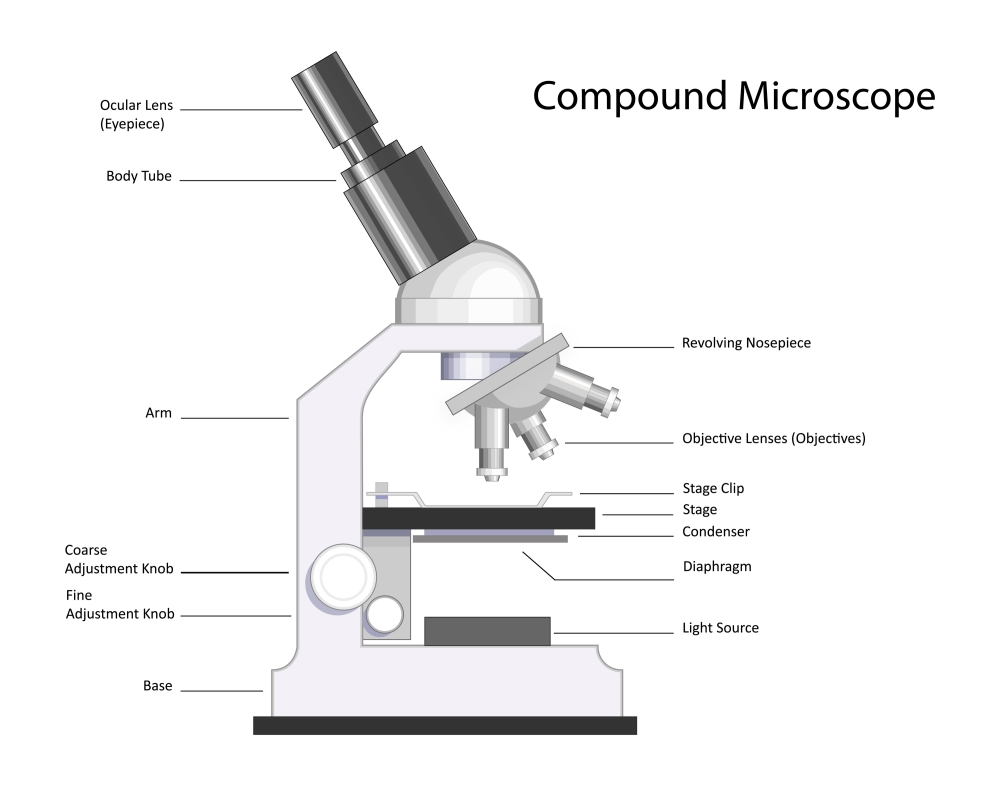

The dissecting microscope is the best tool to actually hunt and find tardigrades. By placing a petri dish on the base, you can have a wide field of view and spot tardigrades by lighting the dish from the side and having a black background underneath.
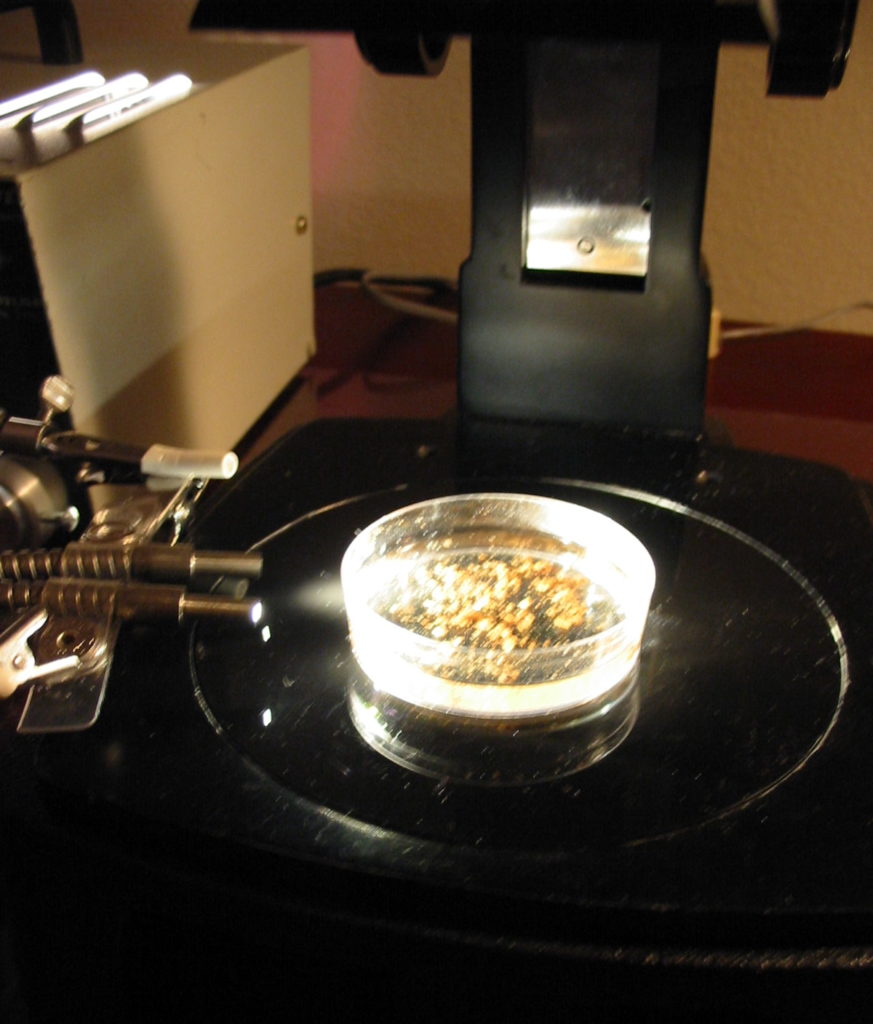
I recommend the below dissecting scope. The Amscope shown here has the reversible black and white base plate. This allows easy spotting of tardigrades. The scope also has top and base illumination for all types of specimens. It also has two sizes of objectives, which adds flexibility to your magnification options.
A dissecting scope is not absolutely necessary to find tardigrades, but it does make finding them a lot easier than using a compound microscope. The reason is because of the distance from the stage to the objective lens. There is very little maneuvering room on a compound microscope, yet on a dissecting scope, the objective lens is quite a distance away from the base.
More detailed techniques using both scopes can be found in my book here.
And that’s it. Only a dozen or so items are all you need to get started, and a bit of searching will show that all of these things can be found to fit within most budgets.
And now the fun stuff. Want to see cool tardigrade merchandise for sale by independent artists and crafts folk who love tardigrades as much as you do?
